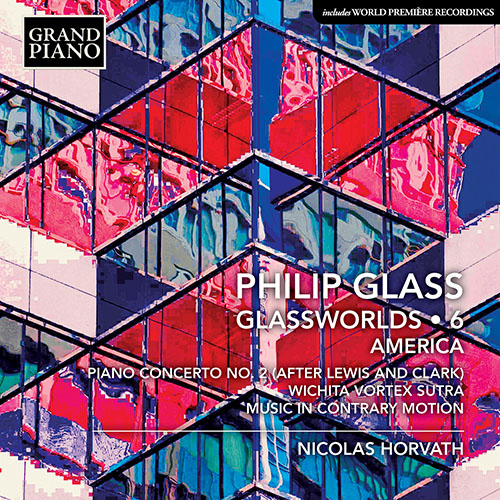
About this Release
“It is with great pleasure that I am releasing a new Glass album, after much encouragement and requests from fans of the series. My intention with this album is to show, how Philip Glass, like all the great composers from the past, has used his own country's history to create some wonderful musical art. This album also features his most difficult piano piece: the solo piano transcription of the Second Piano Concerto. In addition, there is also the very popular Wichita Vortex Sutra but in two versions – one for the piano solo and the second with narrator. I am really thrilled to present this new album to Philip Glass admirers and to my fans, and I hope they will enjoy it as much as I do. Personally, I feel that this album is one of the best in the series.” — Nicolas Horvath
GLASS, PHILIP (b. 1937)
Glassworlds • 6
- Nicolas Horvath, piano
In weaving America’s native culture and history, Philip Glass has created his own musical lineage. This album explores these ideas through his single most demanding piano piece, the ferocious, but lyrically meditative Piano Concerto No. 2 (after Lewis and Clark), as well as one of his most neglected, the mysterious A Secret Solo 2. Wichita Vortex Sutra, a joyful and transcendent study, is also heard in the version for narrator, with words by the poet Allen Ginsberg. From his experimental years comes Music in Contrary Motion with its mesmerising variety of pulse patterns.
This recording was made on: Steinway, Model C (1926), number 248200
Tracklist
|
Piano Concerto No. 2 (after Lewis and Clark) (arr. P. Barnes for piano) (2004) (00:29:00 )
|
|
1
I. The Vision (00:10:18)
|
|
2
II. Sacagawea (00:10:18)
|
|
3
III. The Land (00:07:59)
|
|
4
Wichita Vortex Sutra (1988) (00:06:25)
|
|
5
Music in Contrary Motion (1969) (00:10:11)
|
|
6
A Secret Solo 2 (1978) * (00:13:52)
|
|
7
Wichita Vortex Sutra (version with narration) (1988) (00:08:37)
|
The Artist(s)
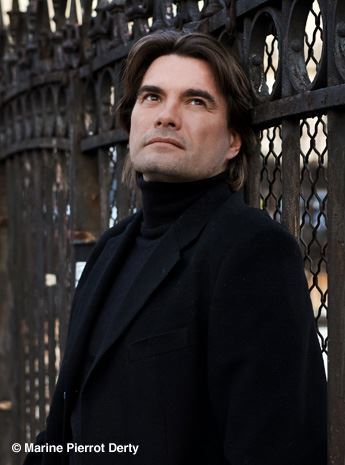 Nicolas Horvath began his music studies at Monaco’s Académie de Musique et de Théâtre Prince Rainier III and soon began to make an impression on a number of artists who would become his mentors. Aged 16 he caught the attention of the American conductor Lawrence Foster before coming to the notice of several distinguished international pianists, including Liszt specialist Leslie Howard. He is the recipient of numerous awards, including First Prize at both the Scriabin and the Luigi Nono International Competitions. He has become noted for hosting concerts of unusual length, sometimes lasting over twelve hours, such as the overnight performance of the complete piano music of Erik Satie at the Paris Philharmonie before a cumulative audience of 14,000 people. In 2019 he performed alongside Philip Glass at the same venue in a programme devoted to the American composer’s piano music. Horvath’s extensive and varied discography on Grand Piano includes the highly acclaimed Philip Glass solo piano music edition, Glassworlds; the complete piano works of Erik Satie; piano sonatas by the Estonian composer Jaan Rääts and music by the American experimental composer Alvin Lucier; Carl Czerny’s 30 Études; and lesser-known piano music by Claude Debussey, Anne-Louise Brillion de Jouy and Hélène de Montgeroult. Nicolas is a Steinway Artist.
Nicolas Horvath began his music studies at Monaco’s Académie de Musique et de Théâtre Prince Rainier III and soon began to make an impression on a number of artists who would become his mentors. Aged 16 he caught the attention of the American conductor Lawrence Foster before coming to the notice of several distinguished international pianists, including Liszt specialist Leslie Howard. He is the recipient of numerous awards, including First Prize at both the Scriabin and the Luigi Nono International Competitions. He has become noted for hosting concerts of unusual length, sometimes lasting over twelve hours, such as the overnight performance of the complete piano music of Erik Satie at the Paris Philharmonie before a cumulative audience of 14,000 people. In 2019 he performed alongside Philip Glass at the same venue in a programme devoted to the American composer’s piano music. Horvath’s extensive and varied discography on Grand Piano includes the highly acclaimed Philip Glass solo piano music edition, Glassworlds; the complete piano works of Erik Satie; piano sonatas by the Estonian composer Jaan Rääts and music by the American experimental composer Alvin Lucier; Carl Czerny’s 30 Études; and lesser-known piano music by Claude Debussey, Anne-Louise Brillion de Jouy and Hélène de Montgeroult. Nicolas is a Steinway Artist. The Composer(s)
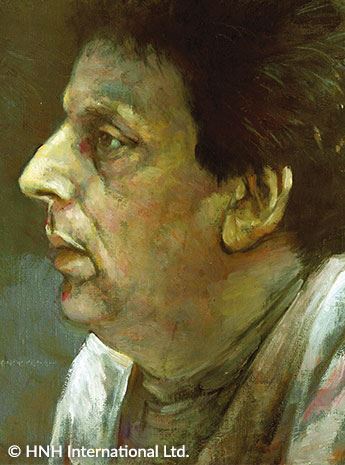 Piano is Philip Glass’ primary instrument (he also studied violin and flute); he composes at the keyboard. With its seemingly contradictory elements of lyricism and percussiveness, it is in some ways the ideal medium for Glass’ musical language. With its deep roots in tradition (spanning the Classical, Romantic and Modern eras), the instrument embodies the composer’s desire to merge new ideas with classic forms. It is perhaps via piano (and, by extension, keyboard) that performers and listeners can make the most direct and personal contact with Glass’ musical genius.
Piano is Philip Glass’ primary instrument (he also studied violin and flute); he composes at the keyboard. With its seemingly contradictory elements of lyricism and percussiveness, it is in some ways the ideal medium for Glass’ musical language. With its deep roots in tradition (spanning the Classical, Romantic and Modern eras), the instrument embodies the composer’s desire to merge new ideas with classic forms. It is perhaps via piano (and, by extension, keyboard) that performers and listeners can make the most direct and personal contact with Glass’ musical genius. Reviews
“This music requires a fine pianist and as has been said previously Nicolas Horvath plays it wonderfully well. This is a remarkable collection of music.” – MusicWeb International
“Hearing the piece on solo piano seems to underline its monumentality and grandeur. This series continues to illuminate. Recommended.” – International Piano

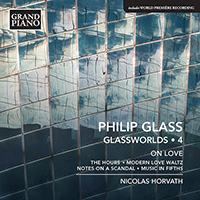
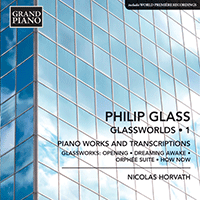
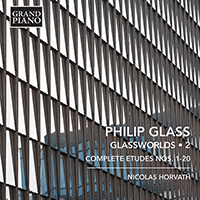
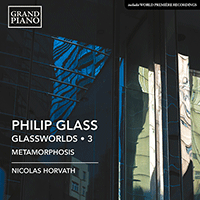
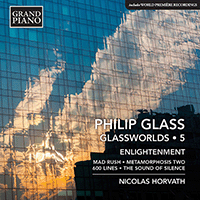
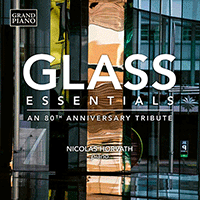
 Grand Piano has gained a reputation for producing high quality recordings of rare keyboard gems. Dedicated to the exploration of undiscovered piano repertoire, the label specialises in complete cycles of piano works by many lesser-known composers, whose output might otherwise have remained unknown and unrecorded.
Grand Piano has gained a reputation for producing high quality recordings of rare keyboard gems. Dedicated to the exploration of undiscovered piano repertoire, the label specialises in complete cycles of piano works by many lesser-known composers, whose output might otherwise have remained unknown and unrecorded.






